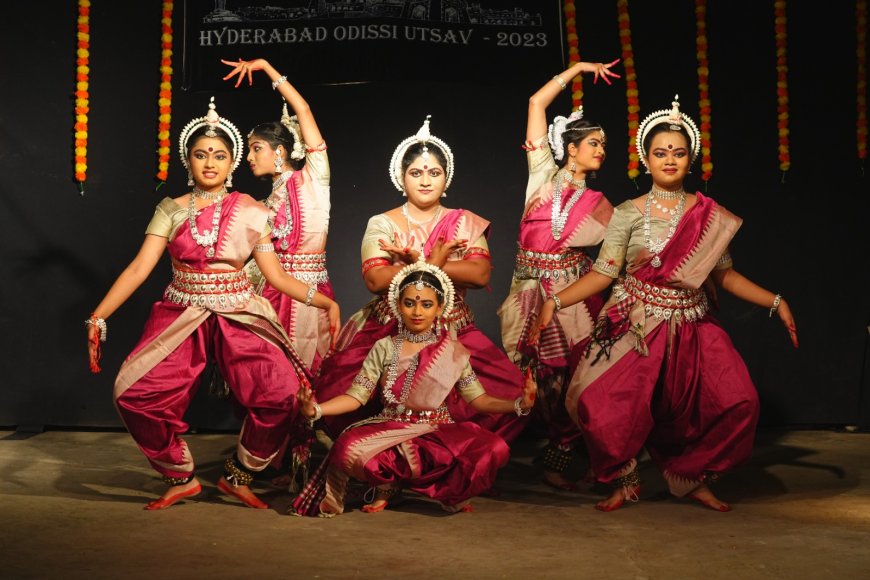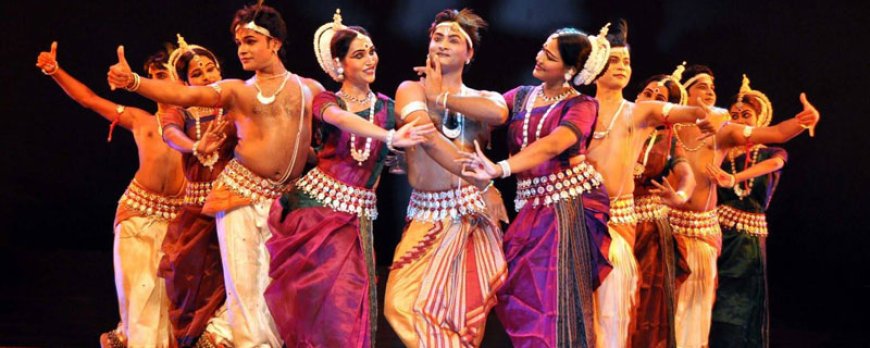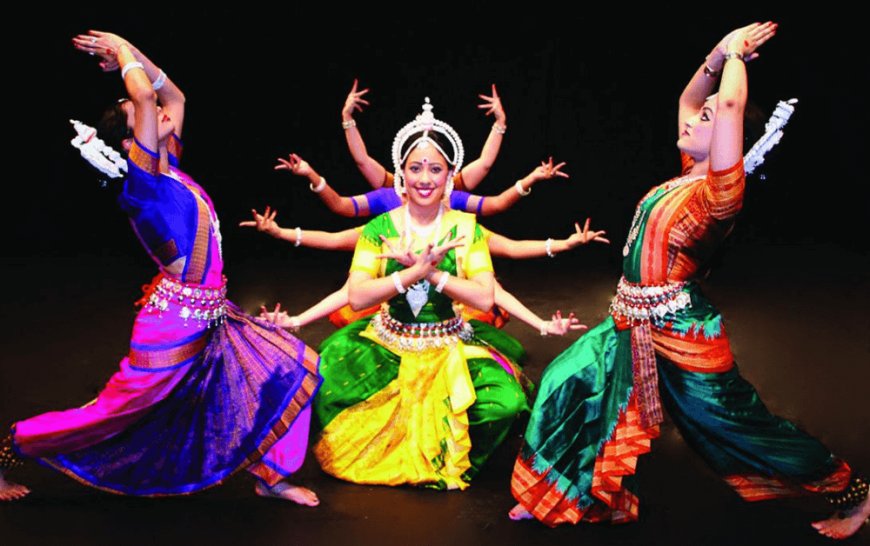Odissi Classical Dance
Odissi is one of the oldest and most graceful classical dance forms of India, originating from the state of Odisha in eastern India. Known for its fluid movements, expressive gestures, and intricate footwork, Odissi is deeply rooted in the traditions and culture of Odisha. Here’s a detailed look at Odissi, its key elements, learning process, and opportunities for students:
Key Elements of Odissi
-
Postures and Movements:
- Tribhangi: The concept of dividing the body into three parts (head, torso, and hips) and creating a serpentine "S" shape, which is a hallmark of Odissi.
- Chauka: A square-like stance symbolizing Lord Jagannath, representing strength and stability.
-
Mudras and Abhinaya:
- Mudras: Hand gestures used to convey specific meanings and narratives.
- Abhinaya: The art of expression through facial expressions, gestures, and body language, crucial for storytelling in Odissi.
-
Costume and Makeup:
- Costume: Female dancers wear a brightly colored sari draped in a unique style, with a front pleat resembling a fish tail, and adorned with intricate silver jewelry. Male dancers wear dhoti and angavastra. Both costumes are designed to allow freedom of movement and enhance the visual appeal.
- Makeup: Emphasis on the eyes with kajal to highlight expressions, and a red bindi on the forehead. Elaborate headgear made of silver filigree (mukut) is also worn by female dancers.
-
Music and Instruments:
- Odissi is performed to Odissi classical music, which follows specific ragas and talas unique to the region.
- Common instruments include the mardala (a type of drum), sitar, flute, and violin.
Themes and Repertoire
Odissi dance performances are often based on themes from Hindu mythology, particularly the worship of Lord Jagannath. The repertoire includes both pure dance (Nritta) and expressive dance (Nritya) elements.
- Mangalacharan: The invocatory piece, where the dancer pays homage to Lord Jagannath and the audience.
- Battu or Sthayi: A pure dance piece showcasing the dancer's technical skills and strength.
- Pallavi: A lyrical dance emphasizing graceful movements and intricate footwork, often set to a specific raga.
- Abhinaya: Expressive dance pieces that narrate stories through gestures and facial expressions, typically drawn from Hindu epics and devotional poetry.
- Moksha: The concluding piece, symbolizing spiritual liberation and the dancer's union with the divine.
Learning Process
- Guru-Shishya Tradition: Traditional learning in Odissi follows the guru-shishya (teacher-student) tradition, emphasizing close mentorship and rigorous practice.
- Structured Training: Students begin with basic postures and movements, gradually progressing to more complex sequences and expressive pieces. Training often includes learning the theory of Odissi music and rhythm.
- Institutions: Renowned institutions like the Odisha Dance Academy in Bhubaneswar and the Orissa Sangeet Natak Akademi offer formal training in Odissi.
Facts About Odissi
- Ancient Origins: Odissi dates back to the 2nd century BCE, with roots in temple dance traditions performed by Maharis (temple dancers) in the Jagannath Temple.
- Revival: In the mid-20th century, Odissi was revived and restructured by pioneering dancers and gurus, ensuring its preservation and propagation.
- Sculptural Influence: Odissi movements and postures are heavily influenced by classical Indian sculptures found in temples, particularly the Sun Temple at Konark.
Scope for Students
- Performance Opportunities: Trained Odissi dancers can perform on national and international stages, participating in cultural festivals, theater productions, and collaborative art projects.
- Teaching and Choreography: Experienced dancers can pursue careers as teachers, choreographers, and directors, contributing to the propagation and evolution of Odissi.
- Cultural Ambassadorship: Odissi artists often serve as cultural ambassadors, promoting Indian heritage worldwide.
- Research and Academia: Opportunities exist for academic research in Odissi, exploring its history, techniques, and cultural significance. Universities offer programs in performing arts that include Odissi.
Notable Institutions
- Odisha Dance Academy, Bhubaneswar: Founded by Guru Gangadhar Pradhan, it is a premier institution for learning Odissi dance.
- Orissa Sangeet Natak Akademi, Bhubaneswar: An important institution dedicated to the preservation and promotion of Odissi and other classical arts.
- Srjan, Bhubaneswar: Established by the legendary Odissi dancer Kelucharan Mohapatra, it offers comprehensive training in Odissi.
Conclusion
Odissi is a graceful and expressive dance form that offers a rich blend of technical skill, artistic expression, and cultural storytelling. Its intricate movements, fluid postures, and dramatic flair provide a profound platform for artistic exploration and professional opportunities. For students, Odissi is not just a dance form but a gateway to understanding and preserving the rich cultural heritage of India. With dedication and passion, students can contribute to the continuation and innovation of this timeless art form, both within India and on the global stage.
What's Your Reaction?





























































